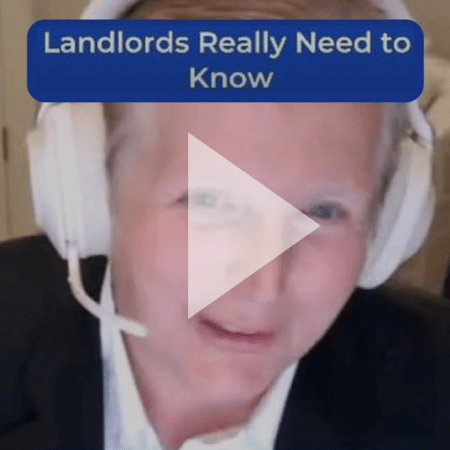New York 30-Day Notice to Quit
Pro Form: Create a Pro Account to access this form
5 Stars
Use this 30-day notice when a Tenant commits a serious breach of the Lease Agreement. It gives Tenants 30 days to cure the breach or vacate the premises. Failure to comply can result in eviction proceedings.
Document Last Modified: 3/26/2025
Document Features
Editable
Auto-Fill Document
State-Specific
Related Documents
New York Eviction Laws
Landlords must comply with all New York laws when bringing eviction proceedings against a Tenant. The first step in the process is providing the Tenant with a proper Notice. This is a 14-Day Notice for Non-payment of Rent or a 30-Day Notice for Noncompliance.
After issuing the required Notice, the Landlord must wait the specified number of days. This allows the Tenant to pay rent or cure the Lease violation. If the Tenant does not comply with the Notice, the Landlord may initiate eviction proceedings with the local court.
Customize your Notice agreement to ensure compliance with New York law.
New York State Specific Documents
- New York City Rent-Stabilized Rider (Form RA-LR1: This form must be included in all New York City Rental Agreements and renewal agreements for rent-controlled apartments.
- NYC Child Notice for Lead Paint Compliance: This addendum is required for New York City Landlords renting to families with children under the age of 6. It must be provided to Tenants annually - at the signing of the Lease and at the time of renewal.
- New York City Required Annual Notice - Window Guards and Lead Paint: Occupants in buildings with 3 or more units must sign this form annually and give it to their Landlord.
- NYC Lease Renewal for Rent Stabilized Housing: Landlords renewing a Lease with Tenants in rent-stabilized housing must use this form.
- NYC Increase in Rent (for Rent Controlled Units): New York City rent-controlled apartments have complex rules for raising rent. This form makes it EZ for Landlords to comply with all requirements.
- New York Demand For Rent 14-Day Notice: This form is for Landlords that have Tenants that are late with rent.
- New York How To Prepare for a Landlord-Tenant Trial: This booklet is a great resource for New York Landlords preparing for a housing trial. It includes the rules and procedures Landlords will need.
- New York Notice to Vacate: This form should be used with Tenants that are violating the Lease but can cure the violation and remain in the property. This form provides Tenants with specifics regarding their Lease violation and the time that they have to cure the violation in order to avoid vacating the property.
- Buffalo Disclosure of Smoking Policy: The City of Buffalo requires Landlords to disclose a smoking policy. This form makes it EZ to do so and complies with Buffalo’s requirements
- Buffalo Rental Registry Information: Buffalo Landlords must register all rental properties. This form provides details on how Landlords do this.
- What Tenants Should Know About Indoor Allergens: New York City law requires that Landlords take steps to keep their Tenants’ homes free of pests and mold.
- New York City Indoor Allergen Disclosure: New York City Landlords of buildings with three or more Rental Units must comply with specific regulations to reduce the risk of indoor allergens like mold and pests. This form outlines those requirements and serves as a disclosure that documents a Landlord's compliance with all requirements.
- Buffalo Disclosure of Smoking Policy: The City of Buffalo in the State of New York requires the landlord to disclose a smoking policy, according to Chapter 264- Rental Dwelling Unit Registration.
- New York Sprinkler Disclosure: Landlords must disclose to the tenant whether there is a sprinkler system installed within the property or not.
- New York City Annual Stove Knob Cover Notice: NYC: Local Law 117 requires that the property owner of multiple dwellings provide stove knob covers for gas-powered stoves where the owner knows or reasonably should know that a child under six years of age resides.
- NYC Lease Renewal Form - EPTA Form RTP-8: This NYC Lease Renewal Form allows landlords to renew a lease with tenants that are enrolled within The Emergency Protection Act.
Pro Tip: It must be used before an eviction proceeding can be initiated.
